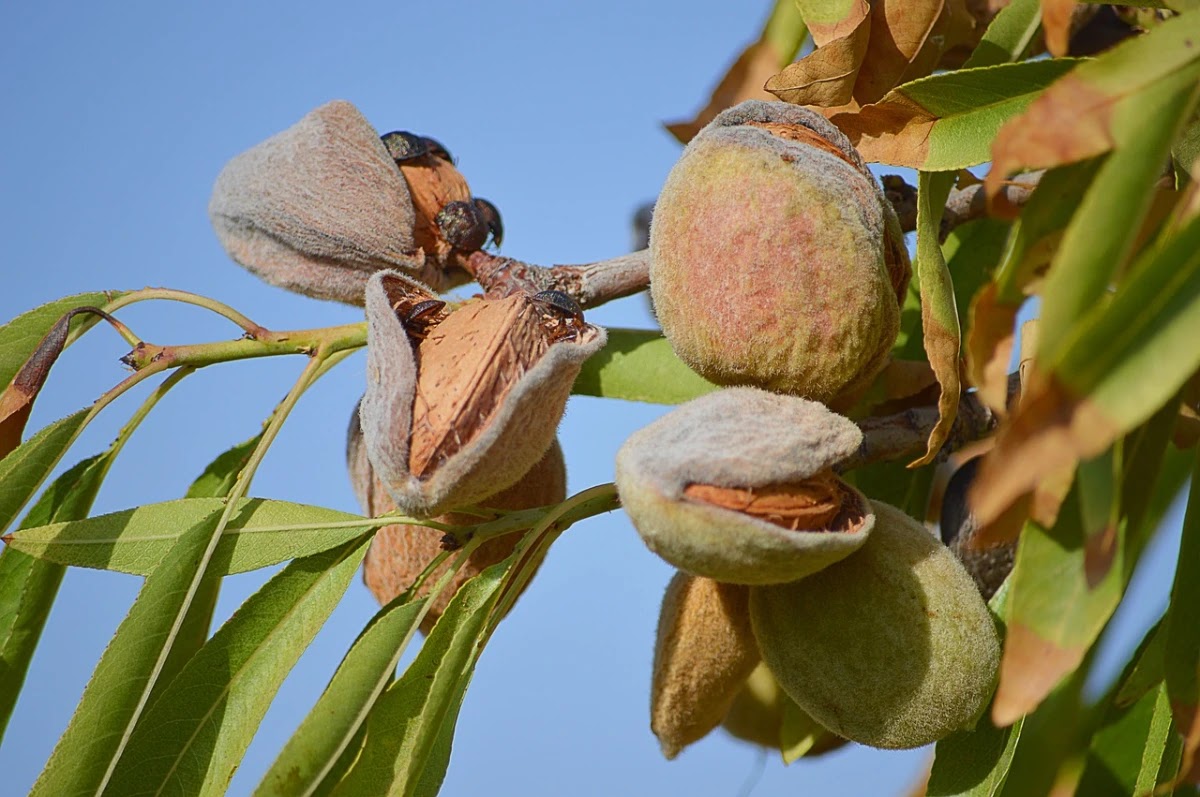The taste and nutritional value of almonds are well known. However, did you know that they also represent wealth and good fortune? Because of this, starting an almond tree from seed is similar to planting a small wish in your backyard that, given enough time and attention, can blossom into a representation of your own wealth.
However, bear in mind that almond trees that are grown from seeds may differ greatly from their parent tree and may require several years to produce fruit. Let's begin the journey of growing almonds if you're in it for the long run and want to experience the joy of raising a tree from its infancy.
Preparation
Almond kernels
a receptacle
Peat moss or slightly damp sand
A bag made of plastic
1. Obtain seeds
Step 1 is to choose your almond seeds. These seeds are extracted from store-bought almonds. You must stratify your almonds after you obtain them. To break their dormancy, this entails granting them a simulated "winter" period.
Almond seeds can be allowed to stratify for approximately 12 weeks by placing them in a container with slightly damp sand or peat moss, sealing the container with a plastic bag, and refrigerating it. This will enable them to get ready for germination by simulating the chilly environment they would encounter in the wild.
2. sow the seed
It is now appropriate to plant your almond seed after stratification. Make sure the soil in your big pot or in a sunny area of your garden drains properly. With the pointed end of the almond seed facing down, plant it about an inch deep. Give it plenty of water, and make sure the soil is always moist. In a few weeks, your tiny almond seedlings will poke their heads out of the ground.3. Maintain The Tree
Your almond tree needs your gentle care once it is on its way. Give your plants a weekly dose of roughly 3–4 inches of water, especially during dry spells. Almond trees can withstand periods of drought quite well, but regular moisture is necessary for strong development.
Every year, fertilize your tree in the first few weeks of spring with a balanced, slow-release fertilizer. Pruning your almond tree in the spring will help it maintain its shape and get rid of any dead or crossing branches.
You should also be aware of any possible diseases and pests. Aphids, mites, brown rot, and shot hole fungus are just a few of the pests and diseases that can affect almond trees. Regular inspections and the right medications, however, can aid in the management of these problems. To keep moisture in the tree and keep weeds out, mulch the base of the tree on a regular basis.
4. Harvest And Enjoy
Patience is the key to reaping the benefits of your labor and enjoying it. It usually takes an almond tree three to five years to begin producing fruit. Harvesting occurs when the green hulls surrounding the almond shells split open, which usually happens in late summer or early fall.
After harvesting, let the almonds dry in their shells in a warm, dry location for a few days. The delicious almonds inside can be seen by cracking open the hulls once they have dried. These organic, freshly-picked almonds are great for baking, snacking, or mixing into your favorite recipes.
Extra Guidance
1. From seeds, grow almond trees in pots and containers.
Almond trees are cultivable in containers. Just make sure the pot has adequate drainage and fill it with potting mix that drains well. When the tree gets too big, though, it's best to move it to the ground.
2. The Soil Type Preferred by Almond Trees
Almond trees require soil that drains easily and has a pH range of slightly acidic to neutral. Sandy loam soil is productive. Root rot can be avoided with proper drainage.
3.The process of cross-pollinating almond trees
Although most almond cultivars self-pollinate, cross-pollination can boost fruit yield. Plant more than one tree if you have the space.
The process of starting an almond tree from seeds calls for perseverance, attention, and commitment. The joy of raising a tree from seed to harvest is a genuinely fulfilling experience, even though it might take some time to see the results of your labor. Thus, have patience, give your almond tree the care it needs, and take pleasure in watching it grow.








